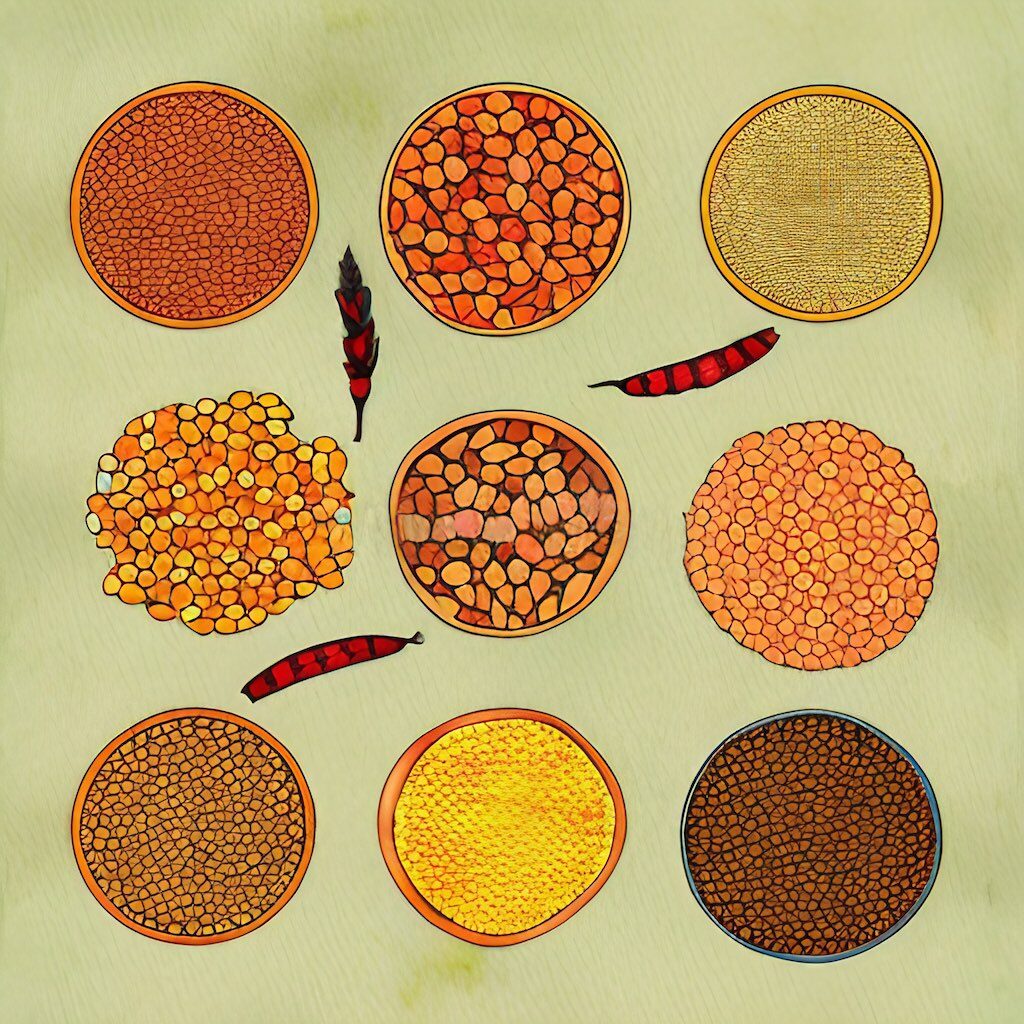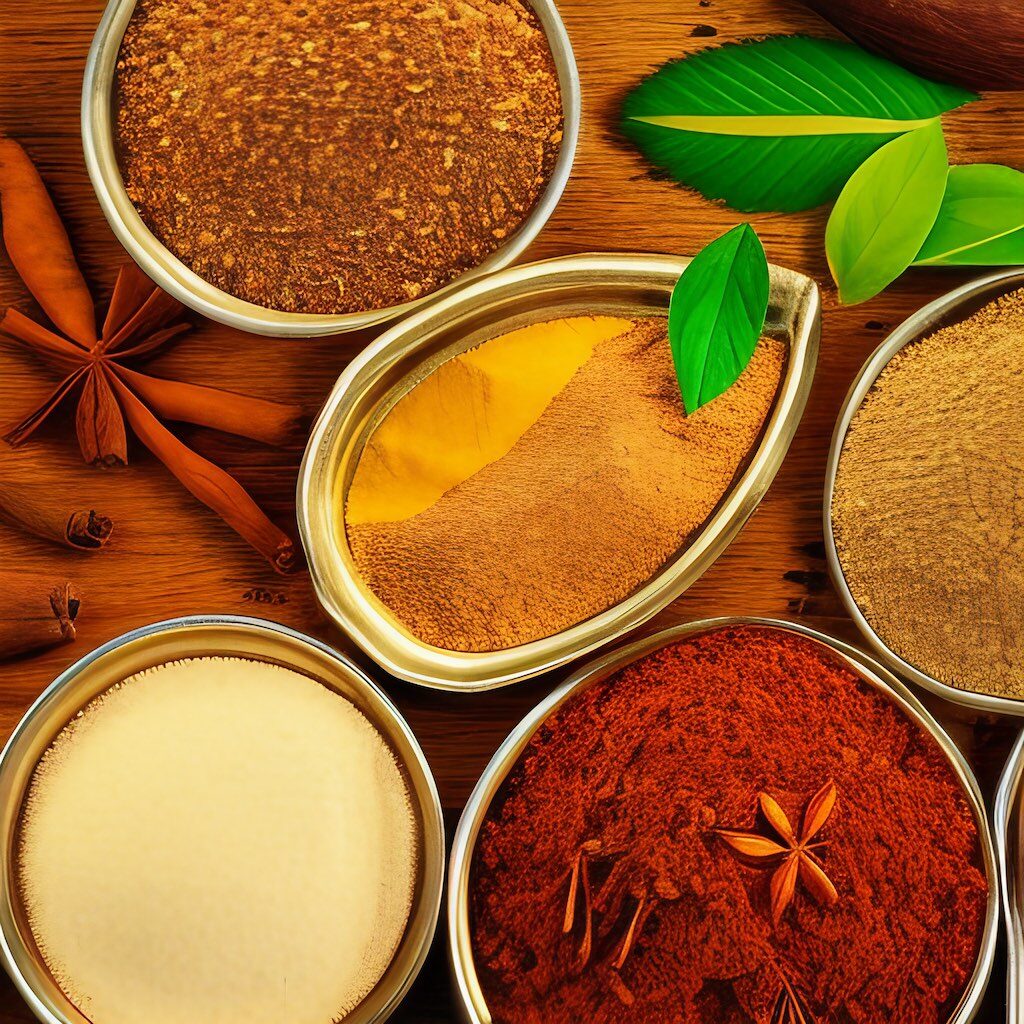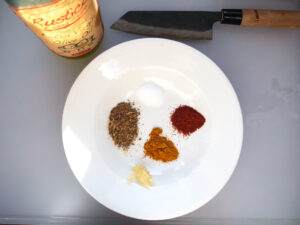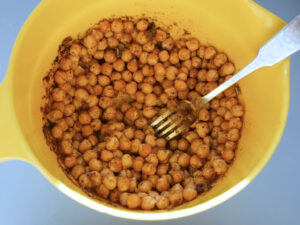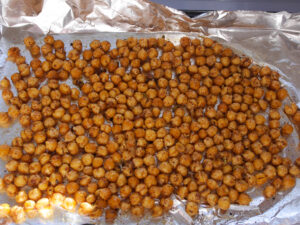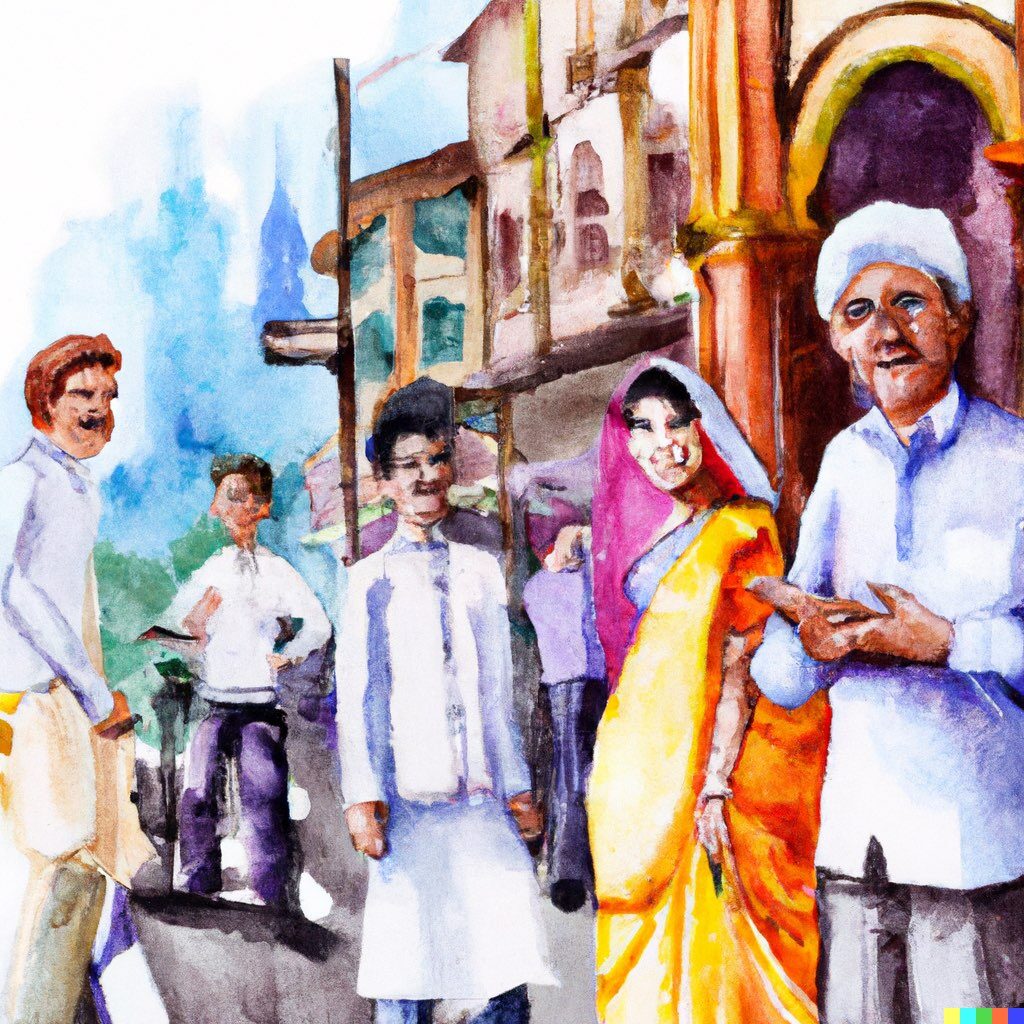
The Parsi culture is an ancient and unique, with its roots stretching back about 3,000 years from India to Persia. This ethnoreligious group is descended from the original followers of the Prophet Zoroaster or Zarathushtra, who lived in modern-day Iran. Facing Islamic conquest in the 7th century, a small group of these Zoroastrians fled to Gujarat on the west coast of India, where they were called ‘Parsi’ (literally meaning ‘people from Paras or Fars,’ the local term for Persia). Unfortunately, due to increasingly sparse numbers (UNESCO estimates that by 2020 there will be only 25,000 Parsis left), UNESCO has begun an effort to preserve what remains of their culture—clothing, traditions, and food.
One popular myth surrounding their arrival at Sanjan (Gujarat) is that an Indian ruler called Jadi Rana sent a glass full of milk to the Parsi seeking asylum with a message that his kingdom was already full of people. The Zoroastrian immigrants responded by adding sugar (or a ring in some versions) into the milk as a symbol of assimilation into their new community and culture, like “sugar in milk.” As time passed on, the Parsi embraced their new home and fully integrated themselves into Indian and Pakistani society through the adoption of local languages (Gujarati and Sindhi) and economic contributions. They later migrated to other places like Navsari, Udvada, Bharuch, Valsad, Tarapore, and Billimora, and later to Surat and Mumbai to trade with the British. Celebrating this touching tale of assimilation, Ravo is a classic Parsi sweet dish of milk and sugar traditionally served on special occasions.
The Parsi community has been blessed with many notable members, including the legendary Rock icon and lead singer of Queen – Freddie Mercury, Dr. Homi Bhabha, who currently serves as Harvard University’s Director of the Mahindra Humanities Center, as well as Zubin Mehta, who is known for conducting for both the Los Angeles and New York Philharmonic Orchestras. One of the most successful Parsi entrepreneurs of all time was Jamshedji Tata – founder of one of the world’s largest industrial conglomerates – the Tata Group. Aujourd'hui, Tata owns several acclaimed automotive brands, such as Jaguar and Land Rover, a testament to Jamshedji’s legacy.
Parsi food has long been a prominent part of the culinary landscape in India and other parts of South Asia. Unfortunately, as the Parsi population dwindles and fewer people are exposed to the cuisine, it is becoming increasingly rare. According to renowned chef and cookbook author Niloufer King, “Parsi cooking is one of the least known cuisines in the world.” She goes on to explain how the unique marriage of ingredients one might find in Parsi dishes creates a truly unique flavor experience: “Coming from desert plateaus in Iran to this incredibly fertile coastal plain with fish jumping out of the water. Coconuts, and mangoes, layered on top of the Hindu influence of the Muslims, the British, and the Portuguese—you could call it a kind of magpie cooking. When we see something appealing, we fly off with it to our nests, take its gems and make something that’s ours out of it.”
Parsi cuisine is a unique and flavorful blend of Indian and Persian influences, characterized by the use of a wide variety of aromatic spices, sweet and sour flavors, and ingredients such as meat, seafood, dairy products, riz, and bread. Parsi curry is an excellent example of a combination of Iran (nuts), Gujarat, and Maharashtra (coconut and spices) influences. This type of dish is a perfect illustration of the intermixing of culinary cultures.
The British, with their trading connections to India, also helped introduce the Parsis to Western cuisine. Parsis took many dishes from Britain and made them typically Parsi.
Meat, fish, and chicken are integral components in most Parsi meals; ingredients are used in moderation to preserve the subtle flavors that make Parsi food unique. Chilies and spices, comme le cumin, curcuma, tamarind, et à la coriandre, provide a delicate balance.
Persian flavors are evident in the succulent meat and chicken dishes paired with vegetables such as potatoes, okra, spinach, and green peas and in the preparation of pulao, biryani, and Mughlai dishes. Parsi cuisine is renowned for its distinctive egg-based dishes, such as Akuri (Parsi-style scrambled eggs).
Parsi cuisine features a variety of delicious fish dishes, including patra ni machhi, which is made with a special adaptation of the coconut chutney found in this region. The sas ni machhi, a creation of the Parsi housewife, is also a popular choice and is based on the bechemel sauce of the West. One of the most well-known fish dishes in Parsi cuisine is the masala ni tareli machhi.
Dhan sakh, one of the most well-known dishes in Parsi cuisine, is thought to have evolved from the Iranian khoreste esfannaj, a dish made with meat, Lentilles, and spinach. As tastes changed over time, spices were added to the dish to give it the distinctive flavor it is known for today.
The use of rose water in many Parsi sweets and beverages, such as ravo, sev, falooda, muram-bas, and sherbets, is also a legacy of Iranian cuisine. Pomegranates and dates are traditionally eaten during religious ceremonies to signify fertility and life, respectively. These flavors and ingredients are an important part of the Iranian culinary tradition found in Parsi cuisine.
Coconut for plenty, fish for luck, and rice to symbolize abundance are all popular items on any Parsi dinner table. These ingredients were adopted from the local cultures.
Parsi cuisine includes a variety of pickles and chutneys adapted from the western coast of India. toutefois, some pickles and chutneys uniquely Parsi include lagan nu achar, meva nu achar, gorkeri nu achar, gharab nu achar, bafenu, and tomato and mango chutneys. These flavorful condiments add an extra layer of taste and texture to Parsi dishes and are an integral part of the culinary tradition of this community.
Parsi cuisine includes a variety of rotlis and pooris made from wheat flour, millet, or milo, which are adapted from the state of Gujarat. Many tea-time snacks such as bhajias, patrel, bhel poori, sev, and choora are also influenced by Gujarati cuisine, as are the dals and vegetable preparations. toutefois, dishes like bhakra (a type of doughnut) and sadhna (steamed rice pancakes) made with toddy are uniquely Parsi.
Many factors, including the adoption of local flavors and ingredients, the influence of other Indian and South Asian cuisines, and the integration of Western culinary techniques and ingredients, have shaped Parsi cuisine. Dishes like dhansak (a spicy lentil and meat stew), patra ni machhi (fish coated in a spicy chutney and steamed in banana leaves), and keema pav (minced meat served with soft white bread) are popular in Parsi cuisine and showcase the unique blend of flavors and ingredients found in this tradition.
Despite its rich history and cultural significance, Parsi cuisine is in danger of being lost as the Parsi population dwindles and fewer people are exposed to this culinary tradition. toutefois, efforts are being made to preserve and promote Parsi cuisine, including through the work of chefs and cookbook authors helping bring this cuisine to a wider audience. Whether you’re a fan of spicy curries or savory stews, there is something for everyone in the vibrant and diverse world of Parsi cuisine.
